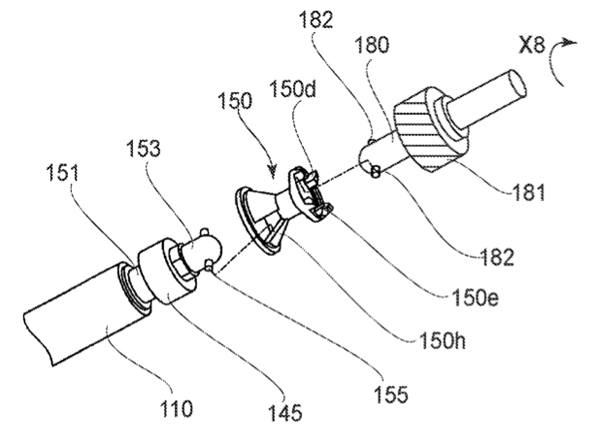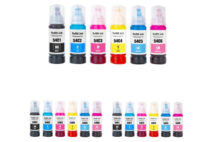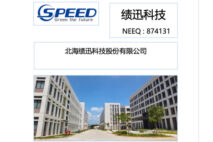As reported by Actionable Intelligence on February 5 (see “Here We Go Again: Canon Sues Firms for Infringing Various Gear and Drum Patents), attorneys for Canon filed complaints in the U.S. District Court for the Southern District of New York on January 29, accusing 18 companies of infringing patents found in certain Canon-manufactured toner cartridges. The suits allege that the defendants violated some fairly recent patents on a coupling mechanism that is used to connect a toner cartridge to the drive motor inside the device employing the cartridge.
Like Canon’s 2012 litigation, which ultimately led to a number of settlements and a general exclusion order from the U.S. International Trade Commission (see “U.S. ITC to Restrict Imports of Infringing Canon Gears; Alerts U.S. Customs of GEO”), Canon’s latest lawsuits involve patents on gear mechanisms. The 2012 lawsuits alleged a number of companies violated certain patent claims on a coupling mechanism that is based on a “twisted gear” design, on which Canon holds dozens of patents dating from the early 1990s. The twisted gear is uniquely designed so the cartridge can be easily inserted into and removed from a machine. It also synchronizes and secures the drum with the printer during the imaging process.
Although similar to the 2012 filings, the complaints that Canon filed in January of this year involve patents on a completely new gear mechanism, which improves on the earlier design. Rather than using the old gear’s twisted protrusion, the new design features a mechanism similar to a universal joint (a.k.a. U-joint) commonly found in an automotive drivetrain. This mechanism connects the OPC drum (or developer roll in a color printer) to the printer. Like the twisted element on the old gear, the movable joint allows for easy insertion and removal of the cartridge while providing for a smooth driving force to rotate the drum or roll. The parts incorporated into the new design are called “dongle gears,” presumably because they are free to move within certain constrains imposed by the cartridge.
Of the hundreds of drawings incorporated into the Canon patents, the clearest depiction of the new coupling mechanism is Figure 24 from U.S. patent 8,437,669, which presented below. The drawing shows the drive mechanism for a color developer roll but is representative of the new coupling design Canon is presently employing in is latest products.
Components 180–182 are contained in the printer. Pin 182 engages Part 150d of the “universal joint” 150. This in turn engages Pin 155. Parts 145–155 are contained, and constrained, in the cartridge. It can be seen that coupling 150 is free to “flop around” before insertion of the cartridge, leading to the term “dongle.”
Components 153 and 155 and the way that they engage coupling 150 are covered in the patents and are central to Canon suit even if 150 is reused.
When remanufacturing cartridges featuring the so-called dongle gear, many firms reuse the original part that makes up the center of the U-joint and may have felt that this freed them from any risk of patent infringement. However, the portion of the mechanism that lies in the drum is claimed in the Canon patents, and it is this part of the design that Canon apparently claims is infringed in certain remanufactured cartridges, as new parts are incorporated in the drums. If the newly molded parts on the drum side are essentially copies of the OEM parts and engage the OEM coupling in the same way, they may be judged to infringe one or more of these patents. I suspect that this is the case, though the complaints do not detail the way in which the accused products allegedly infringe.
The design described above dates to patent applications first filed by Canon in 2007, and I suspect many remanufacturer part suppliers have been aware of it for years. It appears that some firms have already pursued alternate designs for cartridges that employ Canon’s new dongle gears. Mitsubishi, for example, holds five U.S. patents on such designs; Static Control Components holds two; and Future Graphics holds one. Other firms may have filed for patents as well. All this, of course, is not surprising given the risk that infringing gears represent for third-party supplies vendors. Alterative gear designs are not that novel. Mitsubishi and Static Control (and possibly others) also have patented alternatives to the twisted gear design used in older Canon cartridge models.
I will be following the case closely to see if other violations of the patents in questions are alleged. In addition to the infringement I have detailed above, Canon may also claim that the sale of the cartridges involved in the suit first occurred outside of the United States, which would allow Canon to retain its patent rights. I will let you know what I see as the case moves forward, or you can contact me directly at tom@pivotal-us.com.






